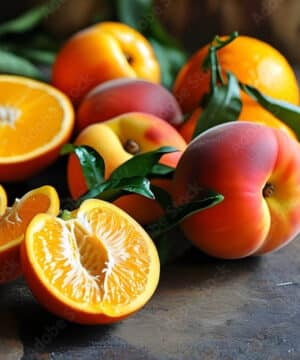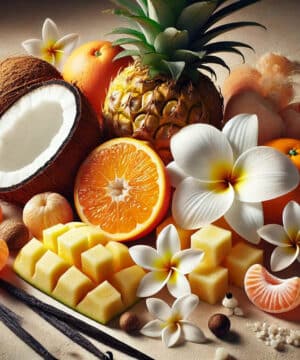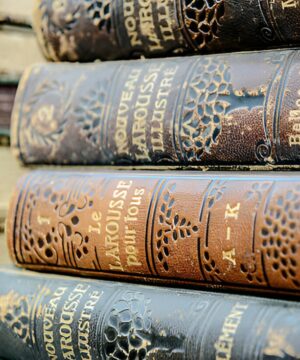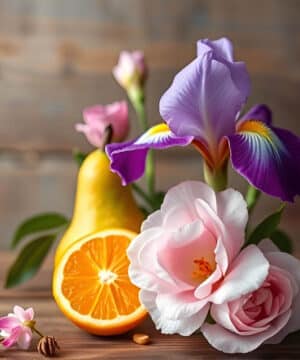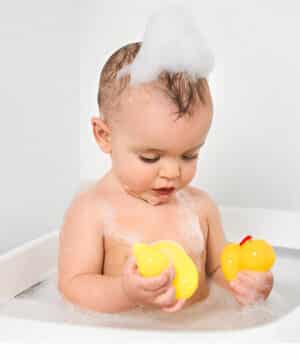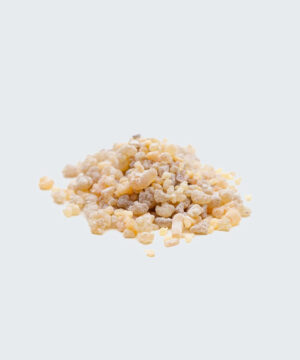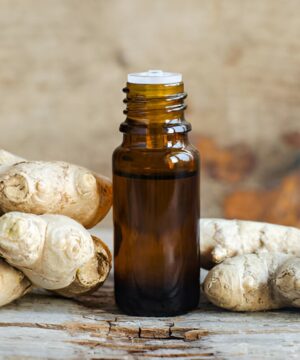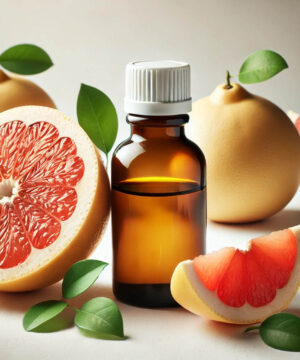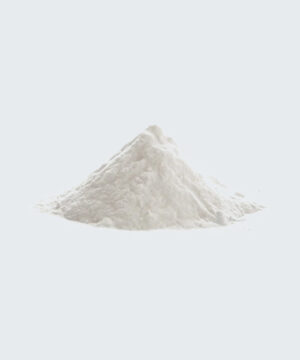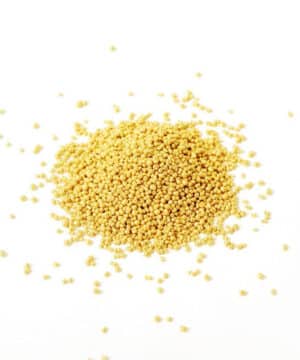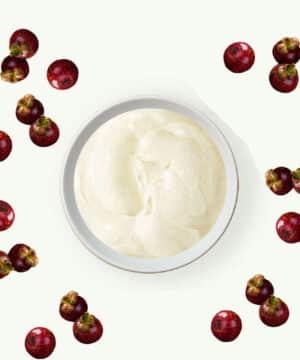Soap Making
Showing 37–48 of 1212 results
Showing 37–48 of 1212 results
How do you make soap?
When asked how to make your own soap, the first question to ask is “what is soap”? At the heart of all soap recipes are two main ingredients: oil and lye, also known by the chemical name sodium hydroxide. The recipe for making your own soap will, through a simple but controlled process, chemically bind these two ingredients into a new compound – soap!
How to make natural soap?
Making natural soap means avoiding the use of ingredients that can be toxic or have a negative impact on health or the environment. Some people may want to make their own soap for fun and are not so concerned with using all-natural soap. But if you do go to the trouble of making handmade soap, why not use a product that is completely safe for you, your loved ones and the environment?
Making your own soap with lye/sodium hydroxide
You can’t make your own soap without lye, unless you buy a Melt and Pour soap base. Many people shy away from making their own soap because of their experience with the aggressive lye. It may also be because the thought of caustic soda in personal care products scares or frightens them. Making your own soap is essentially the chemical reaction between oils and lye, which in cold process soap making is sodium hydroxide. Together and through the miracle of chemistry, they form a completely new compound – soap. Making your own soap is not difficult if you follow a recipe.
Making your own soap with distilled water
When making soap, you use distilled water to activate the lye and diffuse it through the oils. Most of the water evaporates from the soap during curing. This means the finished pieces may be slightly smaller than when you first took them out of the mould. Avoid using tap or spring water when making soap, as it can contain minerals and impurities that affect the quality and shelf life of your soap.
Making your own soap as a beginner is very doable. You use the amount of water specified in the soap recipe you are going to use. This will usually be formulated to give you a lye concentration of 33-38%. As you get more experienced, you can dilute your soap batches with water, but I don’t recommend doing this at first. The soap-making process may speed up and the colour of the soap may differ from what you expect.
Oils and fats for making your own soap
You can use any oil or fat to make your own soap. Most soap recipes contain 3-6 oils, but some have many more, or fewer. Soap made from a single oil, like Castile soap (olive oil), is unusual because few single oils make good soap. Different oils give different properties to soap, such as hardness, lather, creaminess, and conditioning.
Most soap recipes are also super-greasy. This means that at the end of the soap-making process, extra oils are added that float freely in the soap mass. These extra oils do not combine with lye and make the difference between a soap that cleans and a soap that cleans and moisturises.
If you are a beginner, and want to make your own soap, stick to tried-and-tested recipes, especially those that you know are simple and have a high success rate.
Making your own scented soap
Some people will choose to let their soap scent speak for itself and make it smell like simple, clean, handmade soap. Another idea is to use oils such as sesame or beeswax in your recipes, as they provide their own unique and natural scent. However, the most common way to perfume soap is with essential oils or cosmetic fragrance oils.
If you prefer a natural scent, choose essential oils. These are concentrated plant and flower extracts and there is quite a wide range. The disadvantage of essential oils is their costliness and their tendency to fade over time. This is especially a problem for essential oils from citrus fruits, such as lemon and orange.
Fragrance oils for soap
Fragrance oils are commercially produced perfumes for the soap industry. They are relatively cheap, have a fragrance that lasts a long time, and have a much more varied range to choose from. If you like soap that smells like baby powder or a shampoo that smells like coconut, you will have to use fragrance oils.
Fragrance fixer for soap
The smell of essential oils can fade over time, but there are ways to keep the scent lingering longer. Sometimes another essential oil can help make the other one linger. For other recipes, it is best to use another additive that works to absorb the essential oils in it. Fragrance fixatives are completely optional when making soap, and not everyone uses them. Here are some of the choices you will come across:
- Arrowroot is an edible white powder used to thicken sauces and gravies. Use no more than a teaspoon in 800g (28oz) batches
- Benzoin is available in both powder form and essential oil
- Corn starch is another thickener that you use from one teaspoon in 800g (28oz) soap batches.
- Kaolin clay works in the same way as corn starch and in the same amount. You can use up to a teaspoon per 1-pound soap load, and many soapmakers mix it with the essential oils the night before. With clay, you need to add 3x the amount in distilled water to disperse it just before adding it when speeding up the soap.
- Mixing oatmeal finely into the soap provides a light scrub and absorbs the essential oils.
- Orris root powder is made from the dried and powdered root of the Iris (Iris germanica). It has a woody and violet scent by itself.
- Essential oils – May chang (Litsea cubeba) for citrusy blends. You can also use essential oils for base notes, such as cedarwood, patchouli and balms.
How to colour your soap
When making natural soap, you have several options for colouring your soap. They include powders you can buy or botanicals. The other option is to use oils that give a natural hue to your soap. These can be clays, plant extracts or natural soap ingredients that caramelise and give a warm colour to the final product.
- Some of your base oils, such as olive oil, will give a more yellow or creamy colour. White and/or light-coloured oils will give white soap.
- For a nice effect, you can naturally colour soap with clay. Clay comes in all sorts of shades, including cambrian blue clay, brown, brazilian clay yellow, brazilian clay green and pink french clay.
Here are a few to try. - Sugars: milk, sugar and honey will caramelise if you add them to your batch before the soap accelerates.
- Herbs, Flowers, & Roots: Nature creates all kinds of beautiful colours that are useful in soap making. Use calendula petals for golden orange, alkanet root for purple, and madder root for pink.
- Mineral pigments are available in a wide range of colours. However, they are considered “nature identical” rather than “natural”. They are the same colours used in mineral make-up, but they are made in a controlled environment, rather than mined from the earth. This is because their natural counterparts are often contaminated with dangerous heavy metals, such as arsenic and lead.
- Micas are similar to mineral pigments in that they are made in a laboratory. Some are made with nature identical colours and others with dyes.



